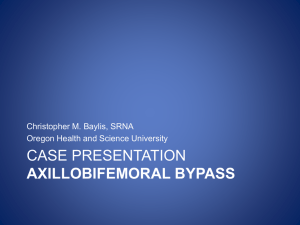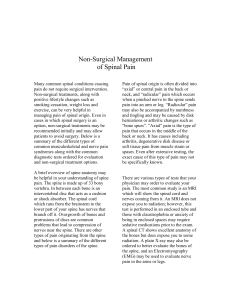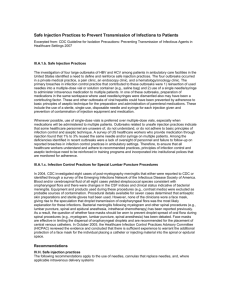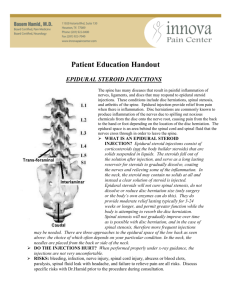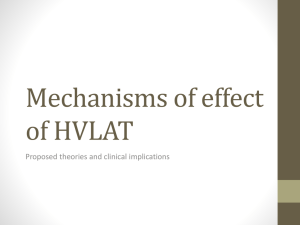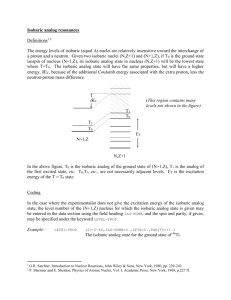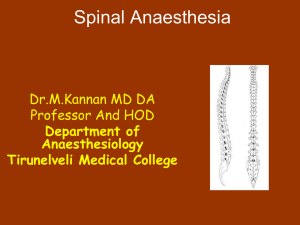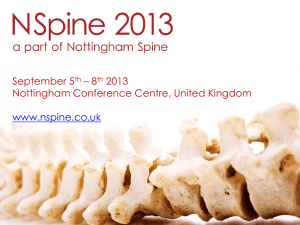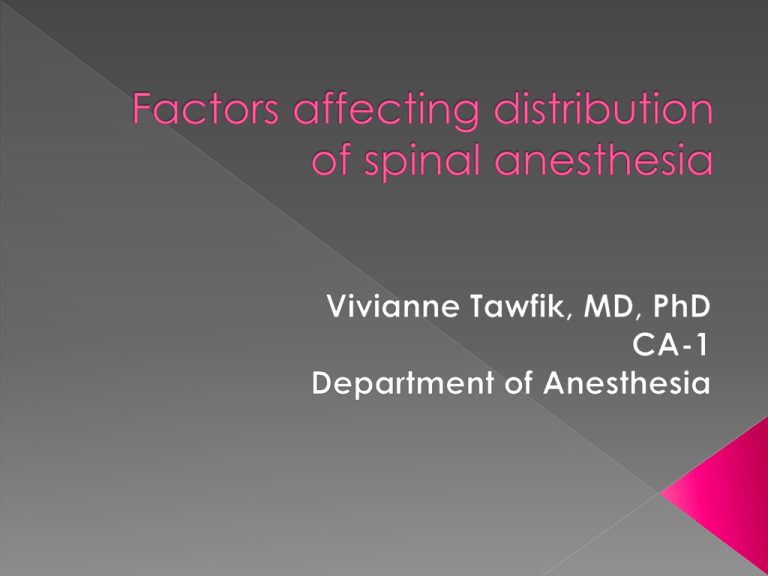
Case presentation
Literature review
Summary & Recommendations
59yo F s/f L total knee replacement
PMHx: HTN, tobacco use (15 pack-years),
chronic knee pain, obesity
Allergies: Tetracycline- hives
Meds: Atenolol, lisinopril, HCTZ, ASA,
tramadol, tylenol, naprosyn
ECG: NSR
TTE: overall normal, EF 65%, mod LVH
Pre-op labs: WNL
Vitals: 62, 140/84, 5’6”, 117 kg
Airway: Mal 4, limited mouth opening but
normal ROM
Anesthesia plan:
› Femoral nerve catheter + spinal + MAC
Spinal difficult to place 2/2 obesity
requiring multiple attempts
Spinal drugs delivered:
› Isobaric bupivicaine 0.5% 2.5 cc +
astromorph 200 mcg
Immediately after spinal, pt positioned
supine, O2 by FM, propofol infusion
started
Kefzol 2g IV given
Nurses placing foley, pt responsive,
breathing comfortably…
Three minutes later, patient spitting up
saliva, eyes roll back, unresponsive, apneic,
hypotensive (BP 65/42)
Bag mask ventilation started, oral airway
placed with good air movement
After ~5 minutes patient responsive,
complaining of need to clear her throat
and difficulty breathing
Decision made to intubate and initiate GA
Interpatient variability in LA spread noted by
August Bier in 1899
Termed “Lauenhaft” or “waywardness”
Methods used to test level (back in 1899):
› ‘‘ . . . sensual perception of needle pricks to the
thigh, tickling of the soles of the feet, a small incision
in the thigh, pushing a large helved needle down to
the femur, strong pinching with dental forceps,
application of a burning cigar, pulling out pubic
hairs, a strong blow with an iron hammer against the
tibia, vigorous blows with the knuckles against the
tibia, and strong pressure on a testicle’’
Stage 1: Spread of LA by CSF
displacement and local currents caused
by injection
Stage 2: Interplay between densities of
CSF and LA solution under influence of
gravity
Multiple factors affecting these
mechanisms…
Hocking et al, 2004
Ratio of the density (mass/volume) of the
LA solution divided by the density of CSF
(1.0003)
› Hypobaric = LA + water, <0.9990
› Isobaric = LA + saline
› Hyperbaric = LA + dextrose, > 1.0010
Affected by gravity and positioning
Difficult to change one factor alone
Most studies show no effect of volume or
concentration
Dose may have a small effect on block
height:
› Two studies showed significantly lower blocks
with 10mg vs. 15 or 20 mg isobaric
bupivicaine
Bernards CM.
McClure et al, 1982
Should have no effect on a “truly”
isobaric solution
Using a hyperbaric solution injected in a
sitting patient used for “saddle block”
Can have an influence on LA spread up
to 60 minutes after the dose is given
Level of injection
› Can have some effect as an increase in
injection site of one level can lead to
significantly increased cephalad spread
Barbotage
› Repeated aspiration and re-injection of CSF
to produce currents- likely minimal effect
Needle type/alignment
› Possible small effect if opening is aimed
cephalad
› Para-median approach usually results in
cephalad spread b/c of higher level of initial
injection than with midline approach
Sex
› Females have lower CSF density which can affect baricity
of solution
Age
› At extremes of age there is an increase in the maximum
spread
Height
› No effect because increases in height usually related to
longer limbs, not longer spine
Weight
› Possible higher block in obesity related to:
Epidural fat compression of the dural sac
Higher initial site of injection than intended 2/2 poor
landmarks
Distribution of adipose in the supine position
Most important factors influencing
spread of local anesthetics in spinal
anesthesia:
› Baricity of solution
› Patient position
› Dose used
Isobaric solution could have been slightly
hypobaric as CSF density is variable
Dose of injection was 12,5mg
Patient supine but obesity likely resulted
in slight Trendelenberg position
Injected relatively quickly as case
already delayed from multiple attempts
at spinal
Obesity likely led to higher site of
injection than intended (L1-2?)
Bernards CM. Epidural and spinal
anesthesia. Chapter 37.
Hocking G, Wildsmith JAW. Intrathecal drug
spread. Br. J. Anes. 2004. 93(4): 568-78.
McClure JH, Brown DT, Wildsmith JAW.
Effect of injected volume and speed of
injection on the spread of spinal aneshesia
with isobaric amethocaine. Br. J. Anes.
1982. 54: 917.
Stienstra R, Veering BT. Intrathecal drug
spread: Is it controllable? Reg Anes Pain
Med. 1998. 23(4): 347-351.



